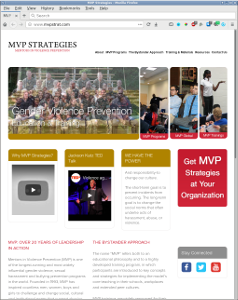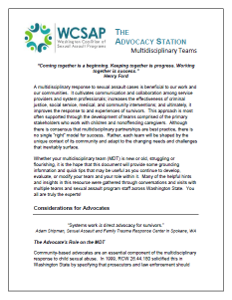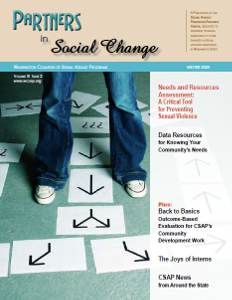The MVP Model was created by Northeastern University’s Center for the Study of Sport in Society and Jackson Katz. Approaches youth as potential bystanders, not victims or perpetrators, to sexual violence, bullying, and harassment. Playbooks use scenarios in order to build bystander response skills. Official training of trainers is available.
Originally designed to engage student-athletes and student leaders to use their social influence over peers however can be used to engage a wide…


